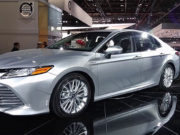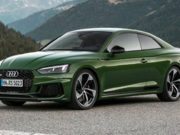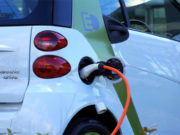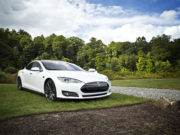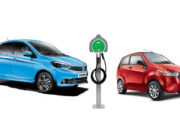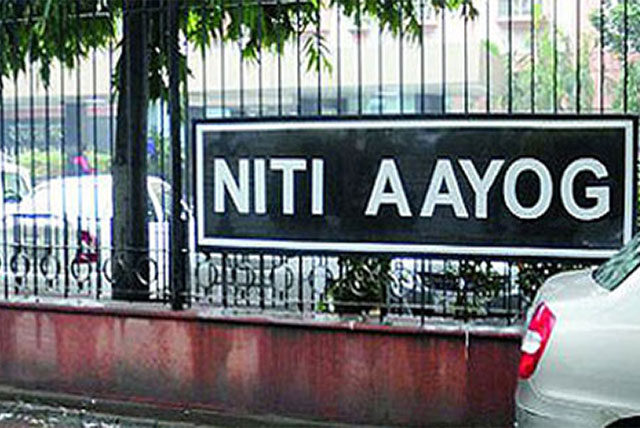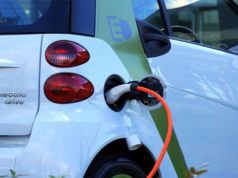Think-Tank NITI Ayog recommended the lowering of tax and also interest rates to avail loans for electric vehicles. This might promote capping the sales of cars run on petrol and diesel. Also, it signals a paradigm shift in policies of auto markets of a rapidly growing nation like India.
The Actual Recommendation
A 90-page blueprint hinted that the government plans to open a battery plant towards the beginning of 2019 using tax revenues from the sales of diesel and petrol vehicles. Using this revenue, charging stations is to be set up for an electric vehicle.
Amitabh Kant, the CEO of the NITI Ayog, headed by our Prime Minister has aimed at electrification of all the vehicles of our nation by the end of 2032. This is likely to shape an innovative mobility policy as reported by the government officials. The draft of the report solely focuses on electric vehicle marking a dramatic shift from current policies which provide incentives toward hybrid vehicles.
Hybrid vehicles combine electric power and fossil fuels. But our policy think-tank intends to grant fiscal incentives solely toward electrified vehicles.
What’s India’s Potential?
India is believed to be quite potent in creating an innovative mobility paradigm as planned by the policymakers. The electric vehicle will not only impact the domestic auto industry but will pave our path as global leaders. This was the draft version of NITI Ayog’s report. It has been titled Transformative Mobility Solutions for India. This would definitely curtail India’s oil import expenditures by 2032 and reduce harmful emissions as committed to the Paris Climate-Treaty.
India’s toughest competitors, China has announced aggressive policy measures to push the sales of electrified vehicles. Incentives include subsidies, huge capital funding intended to discourage the sales of fossil-fuel cars running in big cities.
Challenges Lying Ahead
Officials have acknowledged that the blueprint is bound to face challenges. Huge battery costs could push up automobile prices. Setting up charging stations is also not an easy task. Infrastructural bottlenecks will add to the pressure. This proposal needs right direction and huge capital investment ahead of its publication. Investment in technology is the key to its success.


